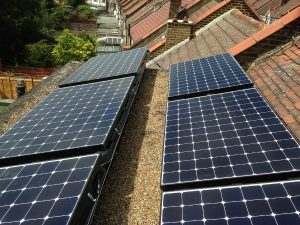The size of your system will depend on how much roof space and how much money you have (or are able to borrow). A domestic system is unlikely to be larger than 4kW. This isn’t a firm ceiling, but at this size, you need a special licence, and your energy supplier may refuse to be involved with it. Also, the feed-in tariff reduces over 4kW, so if you’re going to go over this, it makes more sense to go a long way over it – i.e. install 6kW rather than 4.5kW.
If you don’t have much roof space, you can install high-performance panels that will maximise the output from the space you have. If you have plenty of roof space, you may as well install standard panels, because high-performance panels are more expensive, and you don’t really want to pay extra to save roof space
Contract
You’ll need a signed contract from the installer. Be aware that the contract isn’t laid out by the installer – it will be provided by the MCS or RECC (Renewable Energy Consumer Code), so it’s standard. Your installer will be a member of MCS, and all MCS-registered installers will be covered by a guarantee of at least two years for work and equipment.
Installation
A typical installation will take between one and two days, and will involve a scaffold tower:

There will be indoor work as well – and somewhere you will have an inverter with a display so that you can monitor the performance of your system. You can either hide it away in a cupboard, or show it off proudly by the front door, like this:

Thanks to Norman Phipps for the information.

